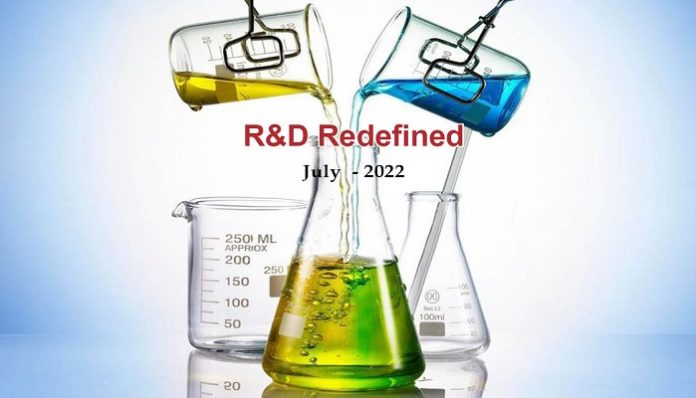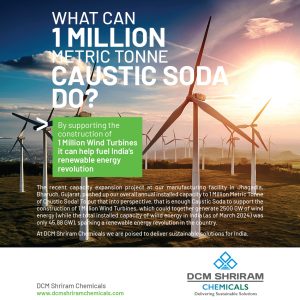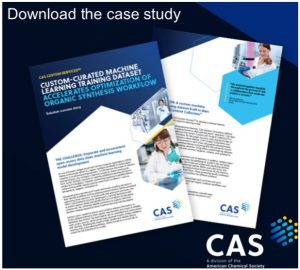The Stage-Gate process has evolved into a rigorous and robust tool for product development across industries. The Agile Manifesto borrowed from the software industry has burnished it with flexibility and adaptability. Together with digital technologies of Industry 4.0 it can accelerate product development even more.
The Stage-Gate system is a roadmap for product development. It breaks down the development process into discrete stages. Each stage is designed to gather information and carry out tasks required to move the project to the next stage. Before the project can move to the next stage it has to pass through a gate, where it is scrutinised by senior management. The management evaluates the project to determine whether the criteria necessary to move forward have been met. If the necessary prerequisites are not met, management may ask for more information or stop the project from going ahead. The Stage-Gate system has evolved into a powerful tool for managing the product innovation cycle in many industries.
The Stages
The number of stages typically range between 4 and 6. Stages are cross-functional and consist of a set of tasks that are carried out concurrently. A stage may be populated by personnel with expertise in R&D, engineering, operations, safety and marketing. Collectively, they seek information to reduce the project’s unknowns and uncertainties. As the project progresses through the sequential stages, its risks keep getting diminished. The Stage-Gate process is a risk mitigating model. A typical Stage-Gate process for new product development in the chemical industry will consist of 5 stages. The first stage called “Scoping” involves desk research to make a preliminary technical assessment and market potential. The second stage called “Build the Business Case” is usually the make or break stage. The technical feasibility of the project is examined in considerable detail and the outcome is a comprehensive report with financial and sensitivity analysis. The actual “development” of the product takes place in the third stage and consumes the most time. “Testing and Validation” is the fourth stage, where the product quality and product performance are examined under controlled conditions in the laboratory. The final stage is “Launch”, when the product is fully commercialised and introduced into the market.
The Gates
The different stages of the product development project are separated by “Gates”, where the outcomes of the preceding stage are intensely scrutinised by the senior management before committing more resources and allowing it to move forward to the subsequent stage. The outcome of a stage is a set of “Gate Deliverables”, which has been previously agreed upon. The “Gate Criteria” against which the project will be judged at each gate are also predefined. The “Gatekeepers” are usually drawn from the leadership team of the enterprise. They determine if the project meets the laid down criteria to move forward to the next stage. Three types of decision are possible by the Gatekeepers. A “Go” decision is a green signal to move the project forward and commits additional resources. “Recycle” is asking for more information to take a decision. If the stage deliverables fail to meet the gate criteria, the Gatekeepers may decide to shelve the project by a “Kill/Hold” decision. Criteria for assessing the progress of the project at each Gate must be unambiguous and sharp, yet also reasonable and practical.
The Benefits
The Stage-Gate process offers several advantages. Due diligence is in-built into the system. It is constructed around an empowered multidisciplinary and cross-functional team that work at great speed. Each stage has technical, marketing and financial expertise to work concurrently in parallel and this significantly speeds up the development process. The Gatekeepers are also drawn from different functions and they own the resources that are required to be committed for the next stage. The Stage-Gate process brings intense focus at the gates. Poor projects get weeded out early and allows the enterprise to prioritise scarce resources. The biggest advantage of the Stage-Gate process is its emphasis on front loading, where the market segment and the value proposition to customers are sharply delineated.Introducing market orientation and customer focus into the development process at a very early stage is extremely crucial to the success of the project.
The Modifications
The Stage-Gate process is the brainchild of Dr Robert G Cooper, who published and trademarked the concept way back in 1983. Early adopters of the technique were Exxon and DuPont. Since then, the floodgates have opened and a recent report says that nearly 75% of all new product development in USA uses the Stage-Gate process. This includes consumer products, industrial products and service providers like banks, insurance and telecom companies. Some companies have tweaked the Stage-Gate process to suit different types of applications. The tool has been successfully deployed for new process developments and for a wide variety of investment decisions. The biggest import into the Stage-Gate process has come from the software industry.
Agile Manifesto
In February 2001, a bunch of 17 people met at a ski resort in Utah and crafted the Agile Manifesto for software development. Put in a nutshell, the manifesto focuses on continuous incremental improvements through small and frequent releases of the software. Over the last two decades, many of the best practices of the Agile Manifesto have been co-opted into the Stage-Gate process to create hybrid models. These hybrid models combine the structure of the classic Stage-Gate process with the short cycle iterations of the Agile methodology. The longer “Development” stage, for example, is broken down into short cycles called “Sprints”, where the clear focus is to create a workable product in order to obtain valuable feedback from customers. Among the benefits of the Agile Stage-Gate are improved design flexibility, ability to respond to real-time changes and increased productivity through better communication and coordination across the project team. The bottom line is a 30% reduction in time-to-market.
Digitalisation
R&D scientists have woken up to the potential of harnessing digital technologies to accelerate product and process development. Artificial Intelligence and Machine Learning can harvest information from published literature at speed and shorten the screening process for new entities by one or two orders of magnitude. Robotic systems can be set up to perform experiments round the clock and eliminate the tedium. Digital Twins can be constructed to monitor the outcomes of incremental improvements. 3D-Printing can be used to develop prototypes for rapid testing and validating. In some situations, prototypes can be done away with by using Augmented Reality for virtual testing. The possibilities are limited only by our imagination.
Last Word
The world urgently needs new chemical entities for sustainable resolution of pressing problems in healthcare, energy, agriculture, transportation, construction and waste management. The full suite of Industry 4.0 digital technologies supervised by an appropriately defined Agile Stage-Gate methodology will bring the necessary rigour and speed for developing new products and processes.
Readers’ responses may be sent to:
k.sahasranaman@gmail.com or
chemindigest@gmail.com
































